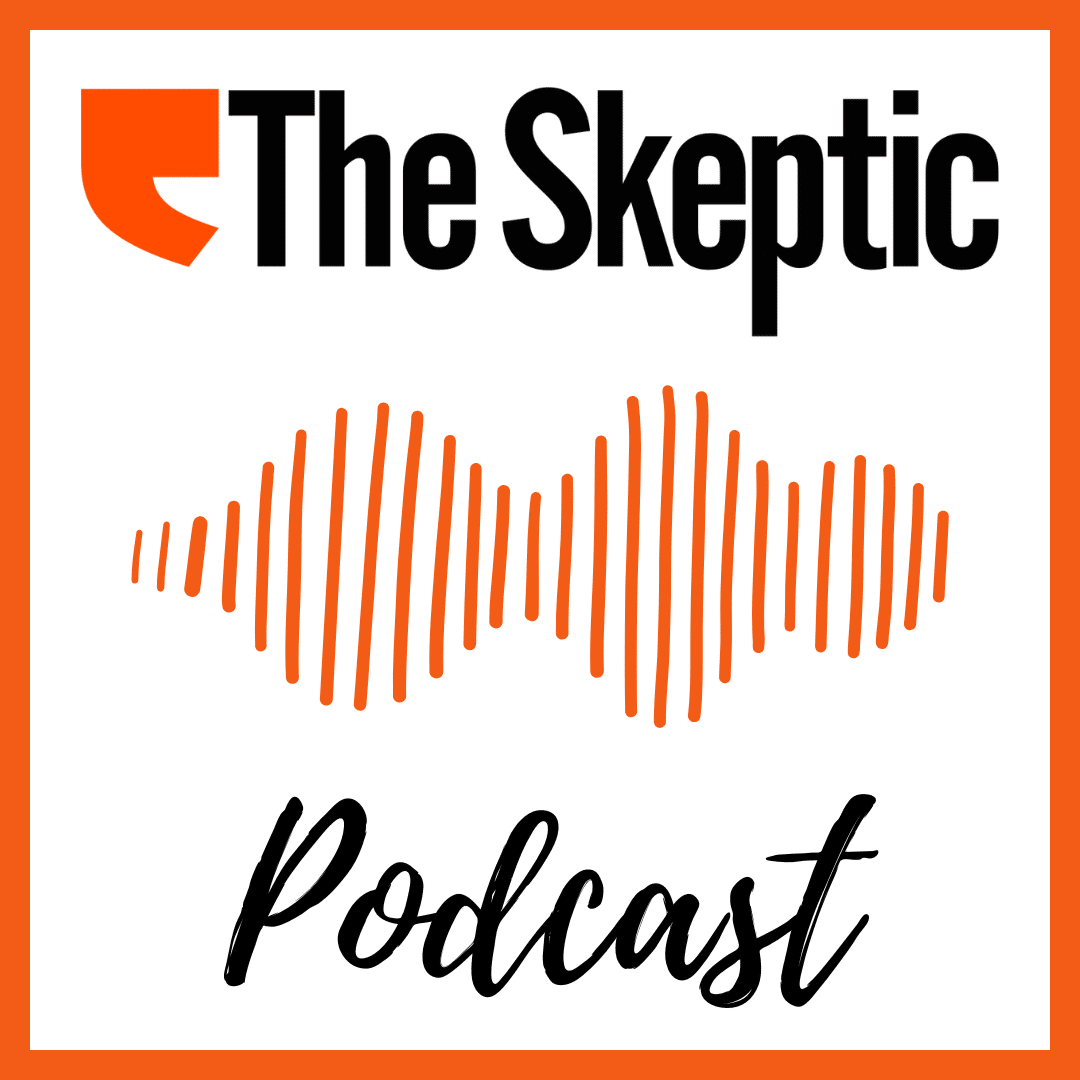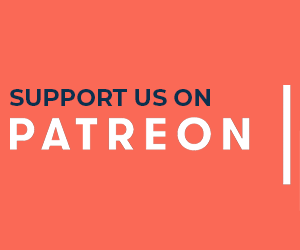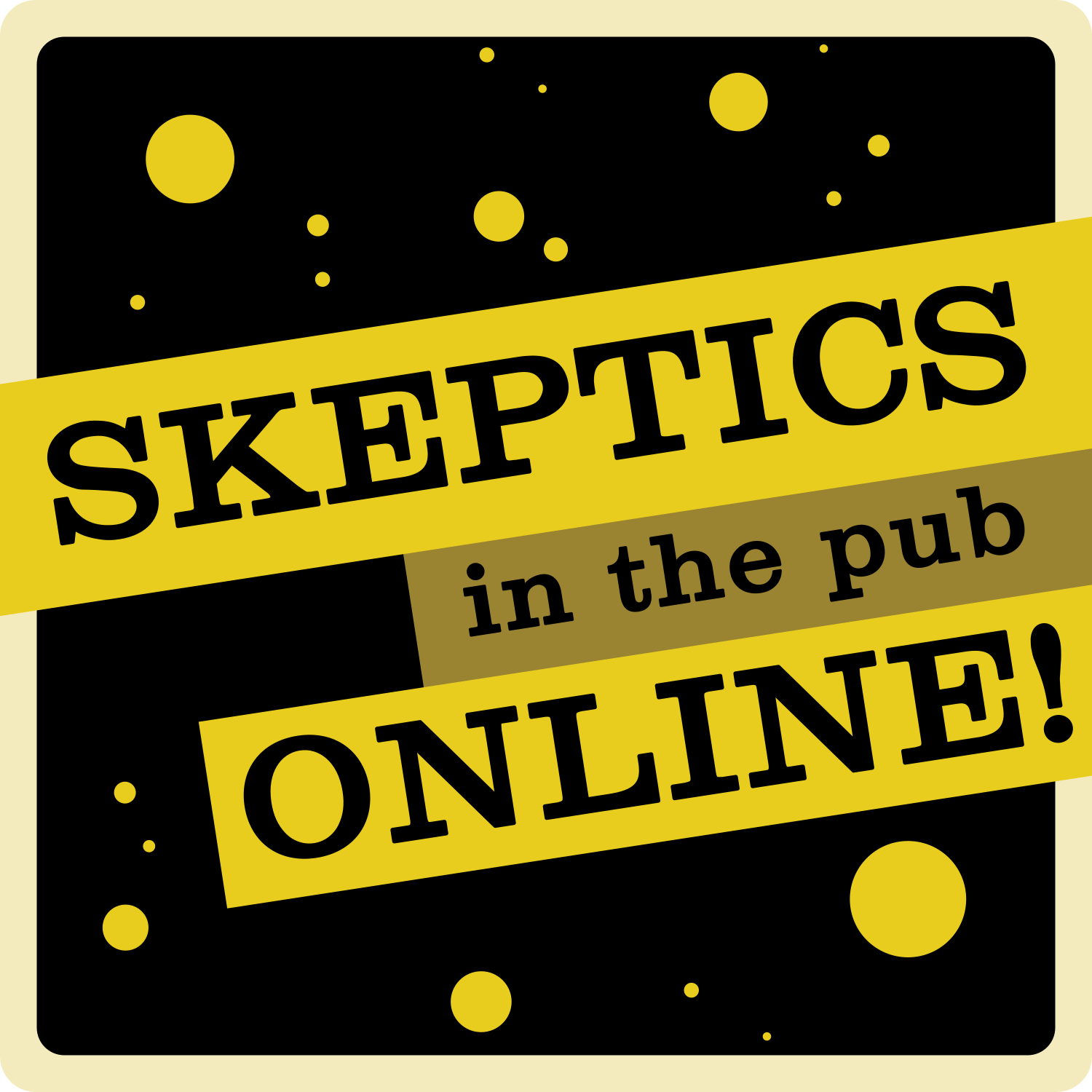Brazilian academia has shown itself to be a receptive home for reiki, a pseudoscientific doctrine that presupposes the existence of a universal reservoir of “vital energy” that can be accessed by trained therapists. This energy, transmitted through the laying on of hands, is said to be capable of curing illnesses, reducing stress and increasing well-being. On the weekend of 21 and 22 September, the São Paulo State University (Unesp) not only hosted, but officially sponsored the First Brazilian Reiki Congress.
The conference is just the latest step in a climb that includes a study on “reiki via cell phone” conducted under the auspices of the Oswaldo Cruz Foundation, and more than a dozen postgraduate works – including master’s dissertations and doctoral theses – defended at public universities, such as USP, Unesp and Unifesp. All of them were completed in this century – the most recent being a doctorate on the effect of therapy on the anxiety levels of pregnant women, defended in 2024.
The idea of “vital energy” has no scientific basis – in fact, renowned physicists such as Sean Carroll and the late Victor Stenger point out that the existence of a force in nature capable of affecting objects on the scale of the human body, but which has not yet been detected by scientific instruments, is virtually inconceivable.
Despite this, reiki is not only integrated into the Unified Health System (SUS) as one of the 29 integrative and complementary practices authorised by the Ministry of Health, but has also found shelter within public education and research institutions.
The trend, in fact, seems to be accelerating: a search in the USP digital library for theses and dissertations with “reiki” in the synopsis or among the keywords shows one work before 2010, two between 2011 and 2020 and four since 2021.
Interestingly, the infamous 2003 master’s dissertation, which used kitchen gloves as a “placebo” to test the effect of the technique on the immune system of mice, does not appear in this search, because it is careful not to highlight the word “reiki”. The progress, therefore, seems to have been not only quantitative, but also cultural: from 2003 onwards, the university of reiki has stopped being ashamed to say its name. One could suggest the hypothesis that the normalisation was accelerated by the integration of the practice into the SUS, in 2017.
Internal policy
In the 1980s, a group of European sociologists launched what became known as the “strong program of the sociology of science.” This “program” aimed to explain discoveries, advances, and the formation of scientific consensus in strictly social terms — for example, the universal acceptance of the idea of the existence of the electron would be better explained as the result of political machinations and power plays within university physics laboratories and departments than as the fruit of rational analysis of experimental results.
The strong programme led to postmodernism, which in turn became a subsidiary line of global warming denialism, and as a result ended up losing much of its charm in academia, although some surfers of the recent “decolonial” wave have been showing signs that they would like to rescue it.
But, more than being politically inconvenient, the programme died because it proved unfeasible: it is impossible to explain the construction of the natural sciences without recognising that, at an essential level, their practitioners are discovering and describing facts that exist independently of the subjectivity and intentions of scientists: solid things that are “out there.”
In a footnote to his book Progress and Its Problems, philosopher Larry Laudan suggests, perhaps with a touch of malice, that sociologists initially accepted the idea that the content of the natural sciences was defined by departmental political pettiness because that is how the content of much of the sociology of science is, in fact, defined. “The general thesis of the sociology of knowledge … was based on the hope that all other forms of knowledge were as subjective as sociology clearly was,” he writes.
Ironies aside, however, in 2011 philosophers Maarten Boudry and Filip Buekens published an article in the journal Theoria showing that the model proposed in the “strong program” correctly describes at least one type of academic activity: that associated with psychoanalysis. It is not very difficult to generalise the diagnosis to other pseudosciences.
When doctrines without a basis in fact take root in academia, it is not because of scientific merit – because they objectively describe the world “out there” – but because someone skilfully conducted political manoeuvres; and the “knowledge” generated by these disciplines does not come from the world either, it is constructed from the clash of egos – not from the clash between hypothesis and reality.
The advancement of reiki needs to be understood (and confronted) in this light, before it takes root (as homeopathy did over more than a century) or causes greater embarrassment, such as the late Center for the Study of Paranormal Phenomena (NEFP) at UnB, established in 1989 and closed this century after a scandal involving a psychic and a murder. Pseudoscience can only occupy prestigious spaces because it relies on the complacency and complicity – through convenience or omission – of those who are responsible for safeguarding the good name of educational and research institutions.
History
Reiki originated as a form of religious healing in the 1920s in Japan, after master Mikao Usui claimed to have received a revelation that made him feel one with “the energy and consciousness of the Universe.” The enlightenment was said to have been the result of a 21-day fast.
The manual prepared by Usui states that “any part of a practitioner’s body can radiate light and energy, particularly the eyes, mouth and hands,” and that “toothache, colic, stomach ache, headache, breast tumours, wounds, cuts, burns and other swellings and pains can be quickly relieved and disappear.” The version of reiki that has become popular in the West is a largely commercial practice, established through a franchise system created by Japanese immigrants in Hawaii in the 1970s.
Today, there are many different reiki lineages, some of which incorporate elements of other esoteric doctrines, alternative therapies, and spiritual traditions; some have even become structured businesses with registered trademarks (Mai Reiki, Karuna Reiki, Real Reiki, Holy Fire Reiki). Some of these lineages have established commercial connections with broader sectors of the health and wellness industry, such as manufacturers of vitamin and dietary supplements, as well as selling courses and training.
The intangible and invisible energy of the spirit of the Universe flows from therapist to patient, from teacher to student, but the solid and visible money always goes in the opposite direction.



